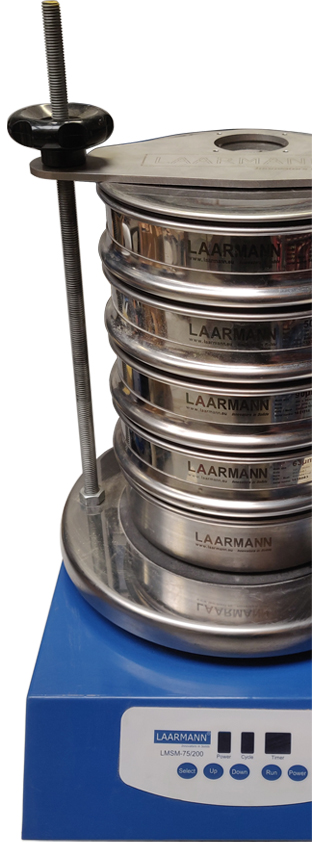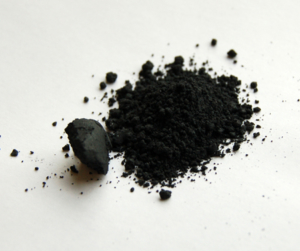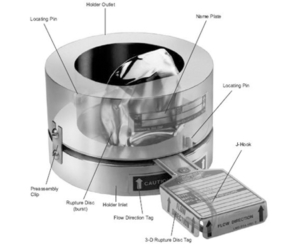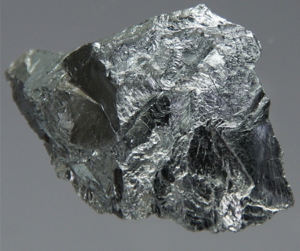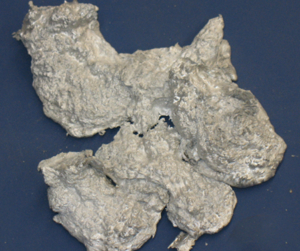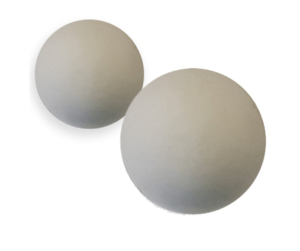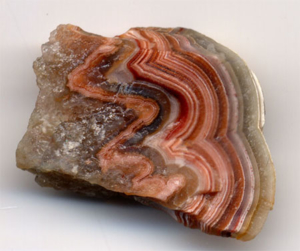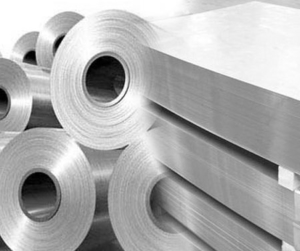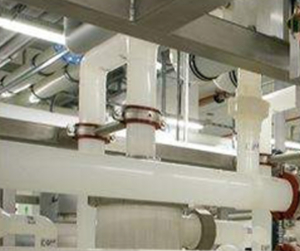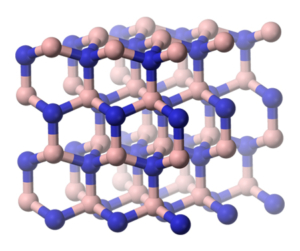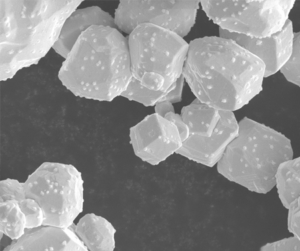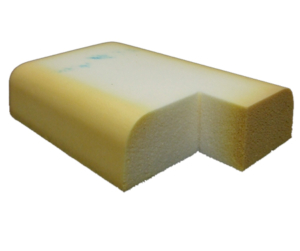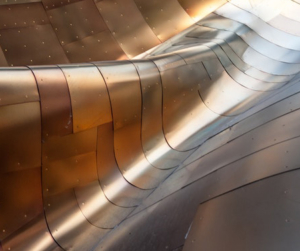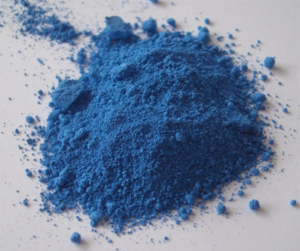Zirconium
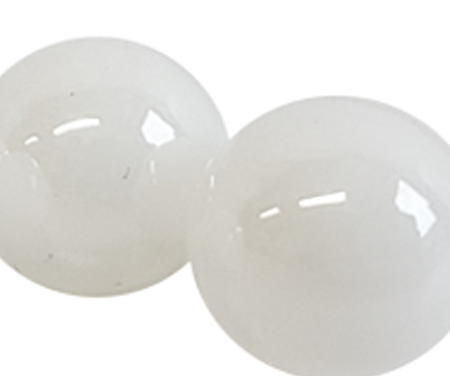
Zirconium is a chemical element with symbol Zr and atomic number 40. The name zirconium is taken from the name of the mineral zircon, the most important source of zirconium. It is a lustrous, grey-white, strong transition metal that closely resembles hafnium and, to a lesser extent, titanium. Zirconium is mainly used as a refractory and opacifier, although small amounts are used as an alloying agent for its strong resistance to corrosion. Zirconium forms a variety of inorganic and organometallic compounds such as zirconium dioxide and zirconocene dichloride, respectively. Five isotopes occur naturally, three of which are stable. Zirconium compounds have no known biological role.
Zirconium is a lustrous, greyish-white, soft, ductile, malleable metal that is solid at room temperature, though it is hard and brittle at lesser purities.[7][8] In powder form, zirconium is highly flammable, but the solid form is much less prone to ignition. Zirconium is highly resistant to corrosion by alkalis, acids, salt water and other agents.[9] However, it will dissolve in hydrochloric and sulfuric acid, especially when fluorine is present.[10] Alloys with zinc are magnetic at less than 35 K.
The melting point of zirconium is 1855 °C (3371 °F), and the boiling point is 4371 °C (7900 °F).[9] Zirconium has an electronegativity of 1.33 on the Pauling scale. Of the elements within the d-block with known electronegativities, zirconium has the fifth lowest electronegativity after hafnium, yttrium, lanthanum, and actinium.
At room temperature zirconium exhibits a hexagonally close-packed crystal structure, α-Zr, which changes to β-Zr, a body-centered cubic crystal structure, at 863 °C. Zirconium exists in the β-phase until the melting point.

